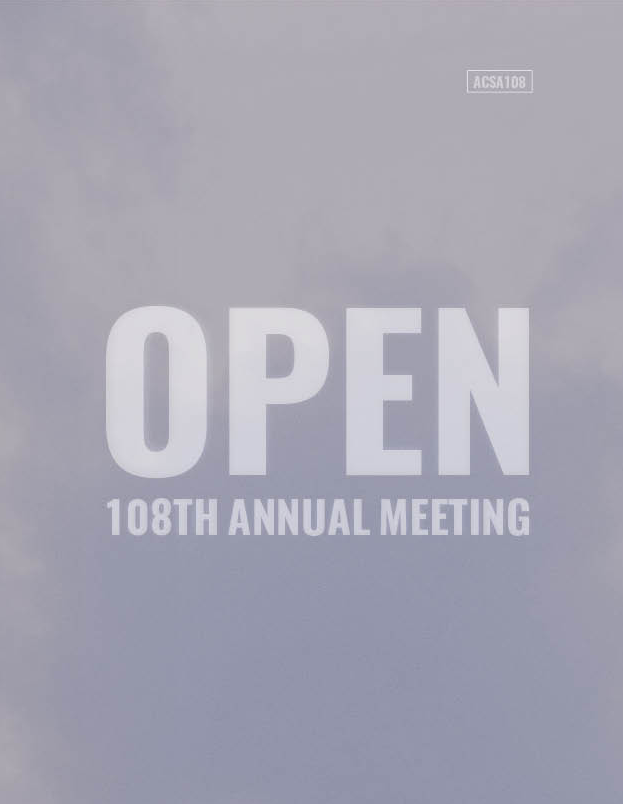Author(s): Madlen Simon, Shainmaa Hameed Hussein & Gregory Weaver
Bridging the Gap studio brings US graduate students together with Iraqi graduate students for a collaborative urban design studio focusing on urban redevelopment proposals for selected commercial districts in the two capital cities of Washington DC and Baghdad. Each group serves as information sources, eyes-on-the-ground, cultural informants, fact-checkers, and design critics for their overseas counter-parts. We communicate through multiple digital means. The theoretical basis of the studio draws upon multiple disciplines. Initial motivation was citizen diplomacy, an international relations concept that engages private citizens in “individual endeavors that serve their own interests and diplomacy which includes a framework for cooperation between countries.” 1 A key theoretical underpinning of the studio is globalization, cutting across multiple disciplines, spanning practice and academia. 2 Initial support came from a multi-national design firm that viewed the studio as a vehicle for inculcating competencies of global practice. Interaction with the firm’s architects, including a studio design competition bringing US and Iraqi students to the Washington DC office for internships, shows students how practitioners put those cultural understandings and skills into action. Globalization has also influenced the discipline of geography, leading to innovations in the field of comparative urbanism3 4 to work “across diverse human experiences.” Bridging the Gap Studio produces studies in comparative urbanism as the US and Iraqi students discover both similarity and difference in their focus districts. The pedagogical method draws upon situated learning theory, positing that learning should take place in authentic practice settings and within social communities.5 While one could argue that every architectural design studio exemplifies situated learning, Bridging the Gap studio offers a particularly robust example, creating a setting that mimics global practice and a social community that includes inhabitants of the urban places under study.
https://doi.org/10.35483/ACSA.AM.108.100
Volume Editors
ISBN
978-1-944214-26-5

 Study Architecture
Study Architecture  ProPEL
ProPEL 
